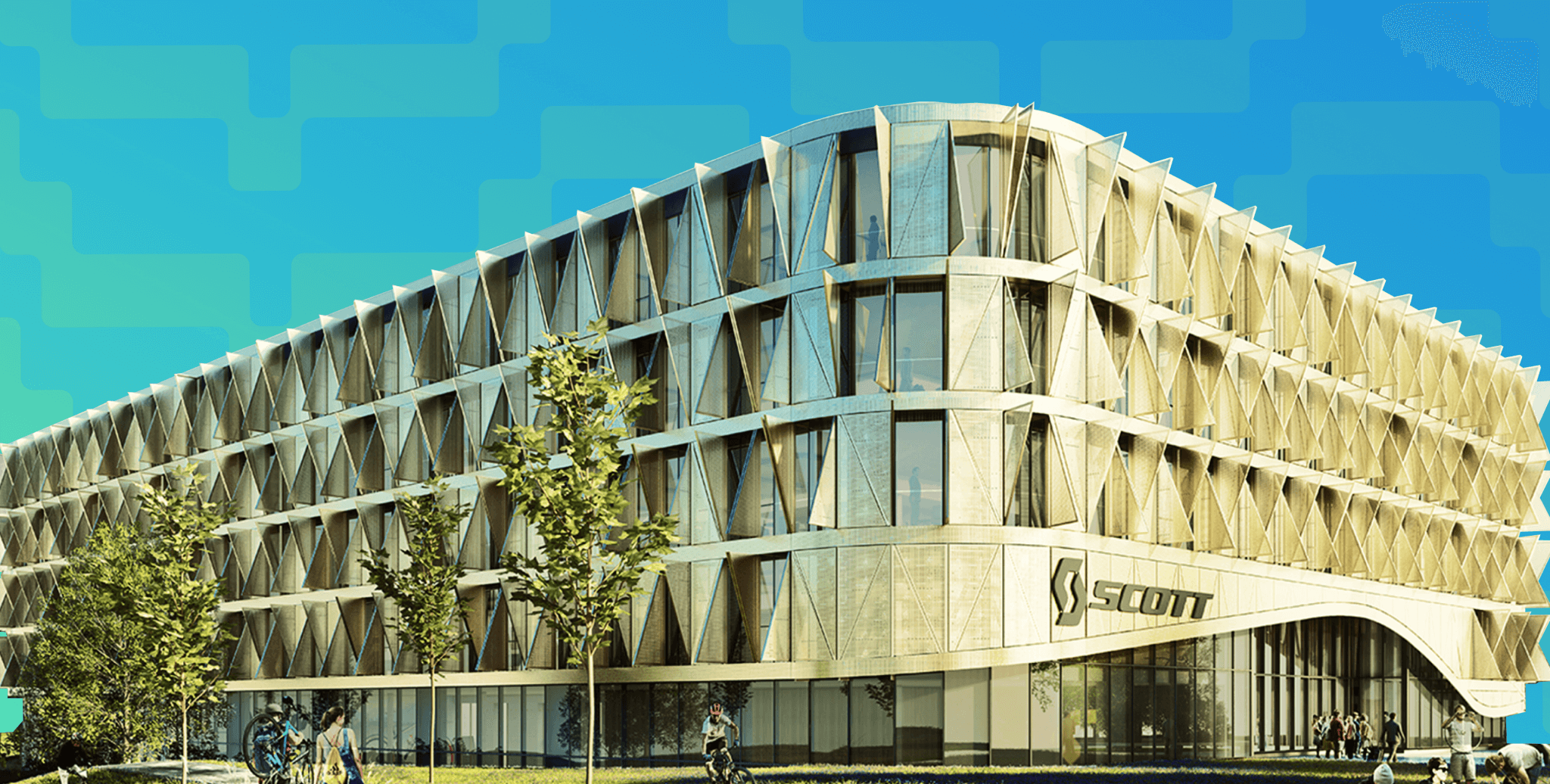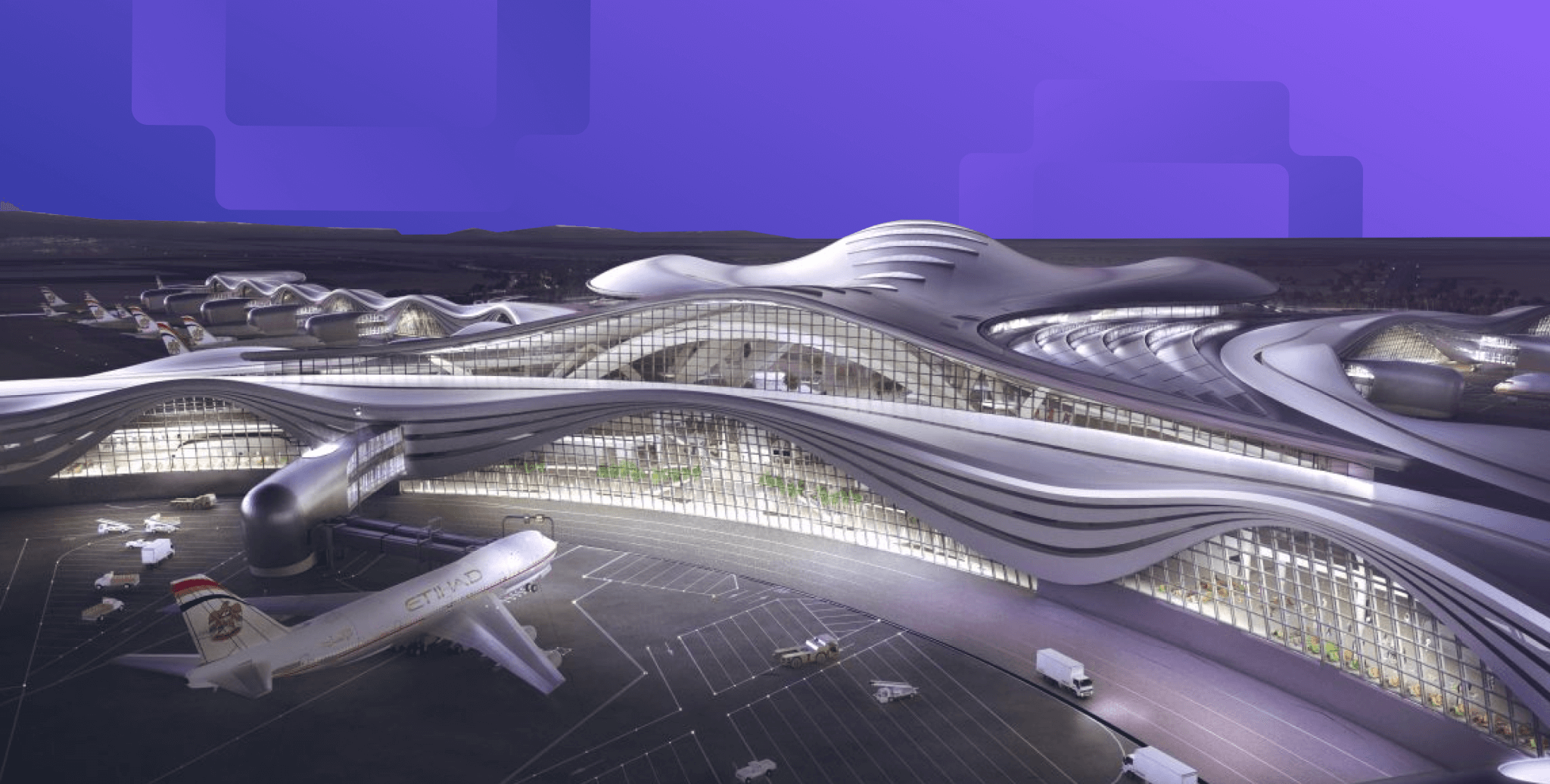BIM Metamorphosis - A Paradigm Shift in the AEC Industry
.png)
Table of Contents
We have been designing, and looking at architectural marvels since 3000 BCE. We are in the 21st century now and have looked at works from Andrea Palladio to Frank Lloyd Wright and Le Corbusier.
And during all these years, what changed?
We have seen legacy architects and engineers work on yards of sheets, crafting every detail down to the T. But then, technology happened and we evolved. We moved on to computer-aided design tools and reinvented processes. Mindsets grew, imagination was empowered, materials evolved, processes changed, intermittent technologies overturned traditional methods, and then adaptation happened.
This is how it goes.
With BIM stepping into the scape of the Architecture, Engineering, and Construction (AEC) industry, we are witnessing disruption, a shift that’s here to transfigure the way we design. This is one of those times when we are witnessing another metamorphosis in the AEC industry that is marked by innovation, sustainability, and efficiency.
We have come a long way from drafting blueprints to automating processes and reducing the construction time. Look at the AEC industry as the nucleus of infrastructure and development. From housing, hospitals, and schools, to transportation, commercial and mixed-use complexes – the construction industry is in dire need of efficient construction workflows. The AEC industry is expected to achieve an AAGR of more than 5% during 2024-2027 and is striving towards the change that’s going to evolve, empower, and elevate construction.
We’re fueled by disrupting the mundane and archaic, and it shouldn't come as a surprise today when we say that BIM is here for tomorrow and beyond.
A Technology that is Veering the Map of the AEC Industry
Building Information Modelling or BIM is a digital manifestation of physical characteristics in built form. Think of BIM as a knowledge resource for information that further helps in decision-making during a project lifecycle, right from design to demolition.
The umbrella of technology is opening up and industries are beginning to seek habitation under it. The industry is gazing at a world where digitisation in construction is taking over and directing primary processes during the construction lifecycle. Around 80% of construction firms struggle to locate qualified workers, and 34% of industry professionals are dealing with inaccurate project data. So, what gap are we blindsiding from? The answer lies in the lack of information-first technology and utilising efficient building analysis tools. The construction industry is one of the least digitised industries and must be more collaborative, efficient, and precise in its processes.
72% of Construction Firms have Adopted BIM Globally

With BIM, one can view all drawings in a single and comprehensive 3D model. This helps in informed decision-making, avoiding data loss, collaboration, and efficient planning. Listed below are some other benefits of using this technology:
- Facilitating adherence to environmental standards is better.
- Increased efficiency leads to reduced building costs.
- Precise Bill Of Quantities (BOQs) can be prepared from the model.
- Optimise procurement processes through the precise data linked to the model.
- Enhanced decision-making and opportunities for proactive maintenance and repair
Also Read - Benefits of BIM in the Construction Industry
BIM’s Revolutionising Processes are Rendering Traditional Methods Outdated
One doesn’t have to imagine the transformative power of BIM technology when you can see the shift happening in real-time. 3D modelling in BIM allows professionals to create simulated digital twins. For a quick mental map, think of a wind tunnel that can be tested and analysed by simulating it digitally. This will result in rapid design iterations to achieve optimum aerodynamic performance.
Aligning things in perspective, and putting industry benefits, cost savings, and efficiency in mind, BIM can be seen resonating with a shapeshifting revolution. Talking about the AEC paradigm, we are now looking at a digital skyline, with optimal processes.
The AEC Game-Changer v/s Traditional Methods
We always look for something better. While traditional practices act as the ground for many processes, they always have to be reconditioned with innovation and tech. Similarly, with the benefits that BIM offers, making the right call is making the right choice, choosing the right process, and opting for the right career path.

The Opportunity to be the Change You Want
The growing demand for BIM is an attestation to it becoming a foundational and indispensable technology in the construction industry. But, where does that take us as individual professionals?
Here’s the catch - With BIM adoption rising at a rapidly fast pace and countries mandating its processes, not knowing BIM will restrict you from working on large-scale, global projects and companies. Apart from this, you might curb yourself from adopting new technologies and becoming an in-demand professional.
Let’s now discuss the layered benefits of BIM, and how it has penetrated the industry.
1. Layer 1: BIM - The Superhero AEC Deserves

The adoption of a tool or technology depends on the valuable insights and lessons that an industry gets and can leverage from. The sector can then make use of these benefits to catalyse its processes and methodologies. Once the impact is recognised, widespread adoption follows.
With this, the rapid adoption of BIM is being illustrated as one of the key drivers of growth in the AEC industry and the BIM market.
Listed below are the benefits of adopting BIM for the industry:
2. Reduced Risks and Costs
BIM helps reduce construction costs by 10%, and the possibility of budgeting errors by 40%
We all understand the hassle of reworking that comes with potential disagreements during the construction phase, which can consume both time and money. BIM-based budget estimation helps in avoiding cost overruns which is a huge red flag when it comes to working through traditional methods. 4D simulations help BIM professionals to identify the challenges and solve them efficiently, saving time and money!
3. Higher sustainability
The construction industry contributes to 37% of carbon emissions, globally.
With the increasing pollution and the rage of waste, shapeshifting towards sustainable practices is the need of the hour. BIM enables us to generate digital models that help us identify potential issues, adopt sustainable practices, and enhance construction. This then contributes to minimising waste and creating a positive impact on the environment.
4. Better Productivity, Better Efficiency
BIM projects increased productivity by 75%-240%
BIM allows project stakeholders to interact in the same virtual building model. BIM also helps in generating 2D drawings from 3D models that optimises time and precision. BIM enables creating prototypes that help analyse patterns in different designs and construction scenarios.
5. Enhanced Communication and Collaboration
Out of all the construction firms using BIM processes, 63% of firms are using BIM to facilitate better collaboration.
Bringing everyone on the same page, BIM helps with a single integrated model that is open to collaboration that helps teams find and share relevant data. A workflow like this helps in efficient collaboration that leads to improved communication and reduced risks.
6. Layer 2: BIM - A Must-Have in Your Arsenal
Being skilled in BIM gives you a competitive edge in the profession that we are in. By learning BIM workflows and learning tech-first skills, you stand out in a sea of candidates.
Part 1: Career Opportunities in BIM

Learning BIM opens up diverse and promising career opportunities for individuals, or can also help you start out as a BIM designer/modeller. Those equipped with BIM skills and knowledge are subjected to better opportunities and an average hike of 40% than traditional professionals. BIM will help you grow professionally, bag large-scale projects, work in renowned architecture firms or as a freelancer.
The ever-evolving landscape of innovation and tech is pioneering a future that’s data-driven, sustainable, and efficient. Those who are willing to learn today are making themselves an indispensable resource. Skilled professionals like these can make a rewarding career path for themselves, that is not only contributing to the future of the industry but will always keep them relevant in the landscape of tech-first practices.
Part 2: Salary Growth after BIM
BIM has overturned the AEC industry, globally. With the advantages that BIM offers, the need for BIM, and the demand for BIM professionals is increasing. Below mentioned are the salary ranges of a BIM Professional.

Disclaimer: Stated here are estimated average salaries. The values might vary based on location, years of experience, specialisation, and firms.
Part 3: Accelerated Career Growth

With BIM,

Learning a futuristic technology that’s going to sketch the future of the AEC skyline, will make you an in-demand professional in the AEC industry. This not only makes you a coveted professional but also someone who is bound to stay relevant with the upcoming technologies.
Those who progress with time succeed. And this is your cue to take the leap.
Food For Thought: Why BIM Now?
With the rising need for urban settlements, planning infrastructure, transportation, residential, commercial, and industrial pockets is becoming crucial. Without efficient planning, cities can become inefficient and functionally impaired.
Climate change is real, and we all can see it impacting our lives to minuscule levels. With the construction industry standing as the driving force of infrastructure, we are looking at shapeshifts happening in real time. This includes adopting sustainable and green practices, indulging in energy-efficient planning, focusing on zero-waste concepts, and so much more.
And at the core of it all, making these paradigm-shifting transformations come to life, is BIM.
It is time for the AEC industry to reflect, rethink, and rebuild a better landscape for the construction industry, where design knows no boundaries. Putting some method to the madness, BIM is a technology that has overturned mundane processes, making them more efficient and optimal. This is the moment where the tides are turning, a revolution is happening, and the only question is Why BIM now?
The answer is simple - it helps us bring the best built environment to life and skyrocket careers while future-proofing it. We are witnessing BIM disrupt outdated processes and render them obsolete, and are reaching out to you to join us in our mission. The mission to empower the construction industry to BUILD RIGHT for a BETTER FUTURE!

 Thanks for connecting!
Thanks for connecting!


.png)






